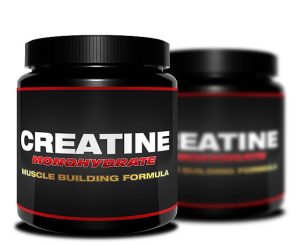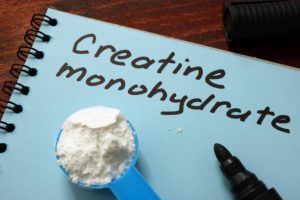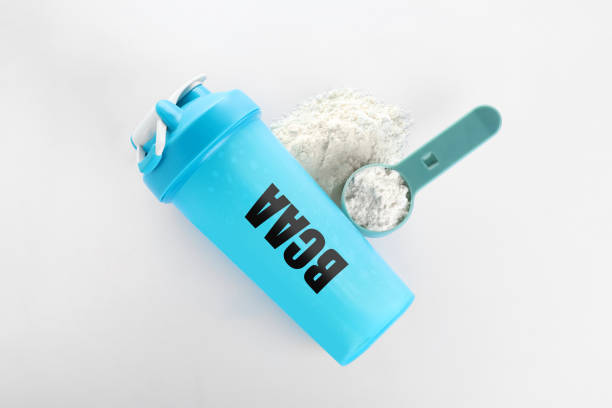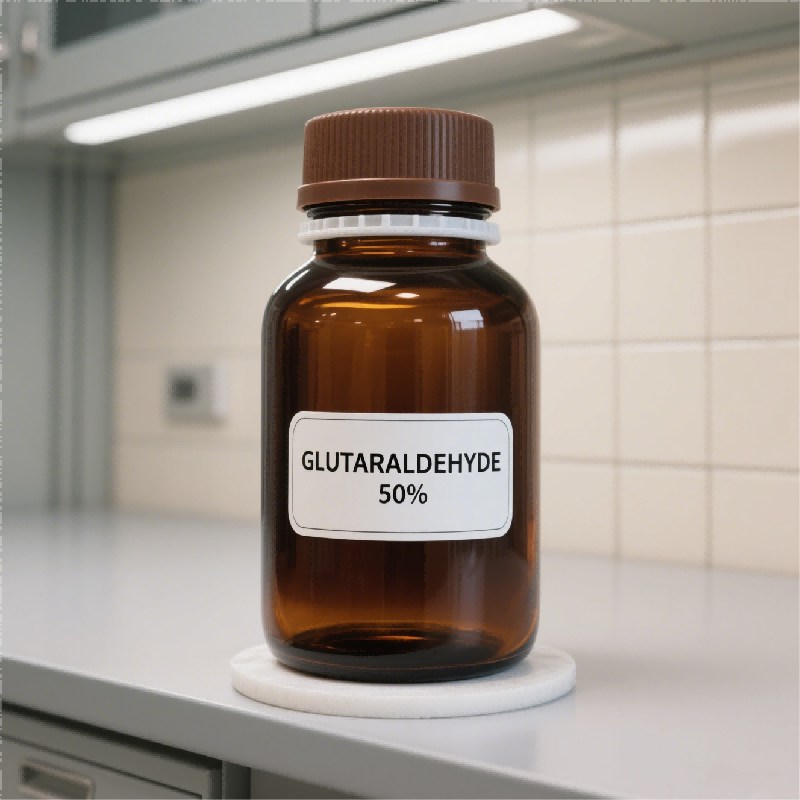Kreatyna mono vs HCL, hydro i azotan: Jaka jest prawdziwa różnica?
Creatine has established itself as one of the most effective and widely used supplements for enhancing physical performance, particularly in resistance training and high-intensity sports. Among the different forms available on the market, creatine monohydrate (creatine mono) remains the most trusted and extensively studied. However, newer alternatives like creatine HCL, creatine hydro, and creatine nitrate have emerged with claims of improved absorption, reduced side effects, or enhanced workout benefits.
To clarify the differences, this article evaluates each form based on solubility, effectiveness, cost, and scientific backing. Key comparisons such as creatine mono vs creatine HCL, creatine mono vs hydro, and creatine nitrate vs creatine mono are analyzed in detail, along with an overview of the difference between creatine HCL and mono to help users select the most suitable option.
What Is Creatine Monohydrate?
Creatine monohydrate is the most researched and time-tested form of creatine. It combines a creatine molecule with a single water molecule. For decades, athletes and bodybuilders have used this supplement to increase strength, build lean muscle mass, and recover faster between training sessions.
Key characteristics:
-
Enhances ATP (adenosine triphosphate) production for short bursts of energy
-
Promotes increased muscle cell hydration and volume
-
Proven effectiveness through hundreds of clinical studies
-
Cost-effective and widely accessible
While creatine mono is generally well-tolerated, some users report minor issues such as water retention or mild stomach discomfort, particularly during the loading phase or when not consuming adequate fluids.

Creatine Monohydrate vs Creatine HCL
Creatine HCL (creatine hydrochloride) is a modified version of creatine that includes a hydrochloride group, improving its solubility in water and potentially reducing gastrointestinal discomfort. Advocates of creatine HCL often highlight its fast absorption and lower required dosage.
Comparison Table
| Feature | Monohydrat kreatyny | Creatine HCL |
|---|---|---|
| Solubility | Moderate | Very high |
| Recommended Dosage | 3–5 grams/day | 1–2 grams/day |
| Water Retention | Possible | Minimal |
| Gastrointestinal Tolerance | May cause bloating in some | Generally well tolerated |
| Scientific Backing | Extensive (20+ years) | Limited but growing |
| Price | Low | Higher per serving |
Insights:
Creatine HCL may be suitable for individuals with sensitive stomachs or those seeking smaller serving sizes. However, creatine monohydrate remains the preferred option in the fitness community due to its long track record of proven results and affordability.
Creatine Monohydrate vs Creatine Hydro (Hydrolyzed Creatine)
Hydrolyzed creatine refers to creatine that has been broken down into smaller peptide chains or molecules, potentially increasing absorption speed. This form is less common and often marketed as a premium supplement for advanced users.
Comparison Table
| Feature | Monohydrat kreatyny | Creatine Hydro |
|---|---|---|
| Absorption Speed | Rapid | Potentially faster |
| Stability in Water | Stable | Can degrade if stored long time |
| Market Availability | Widely available | Limited |
| User Feedback | Consistently positive | Mixed or sparse |
| Cost | Low | High |
| Research Base | Strong | Limited |
Insights:
Although hydrolyzed creatine is marketed as being more bioavailable, studies haven’t confirmed a significant advantage over monohydrate. The higher cost may not translate into meaningful performance benefits for most users.
Creatine Nitrate vs Creatine Monohydrate
Creatine nitrate is a compound formed by bonding creatine with a nitrate molecule. Nitrates are known for their ability to increase nitric oxide levels in the body, enhancing blood flow and potentially improving workout “pump” and endurance.
Comparison Table
| Feature | Monohydrat kreatyny | Creatine Nitrate |
|---|---|---|
| Primary Benefit | Strength, recovery | Muscle pump, blood flow |
| Nitric Oxide Support | None | Yes |
| Mixability & Taste | Average | Superior |
| Water Solubility | Moderate | High |
| Efekty uboczne | Mild bloating possible | Some users report headaches |
| Research Support | Extensive | Limited clinical data |
Insights:
Creatine nitrate may be appealing for users who prioritize pump and endurance, especially during hypertrophy training. However, its long-term effects and muscle-building potential are still under investigation.

Różnica między HCL a monohydratem kreatyny
Understanding the difference between creatine HCL and mono is essential for those comparing the two for effectiveness and value. While both forms aim to boost muscular performance, their properties differ in key ways:
-
Solubility: HCL dissolves more easily, making it convenient for quick consumption.
-
Dosage: Less HCL is needed per serving due to higher concentration.
-
Digestive Comfort: HCL is generally easier on the stomach.
-
Scientific Support: Monohydrate has been extensively studied for safety and effectiveness for decades.
-
Cost: HCL tends to cost more per gram or effective dose.
Despite marketing claims, current evidence suggests no superior muscle or strength gains from HCL over monohydrate. For most users, creatine monohydrate remains the more reliable and economical choice.
Which Creatine Form Is Best?
Choosing the right creatine depends on personal needs, training intensity, budget, and tolerance.
Recommended Based on Individual Goals:
-
Monohydrat kreatyny: Ideal for those seeking well-supported, budget-friendly performance enhancement.
-
Creatine HCL: Useful for individuals prone to bloating or looking for convenience in mixing and dosing.
-
Creatine Hydro: May be suitable for athletes seeking cutting-edge absorption (though results may not justify the price).
-
Creatine Nitrate: Good for lifters focused on nitric oxide effects, vascularity, and improved workout pumps.
Each form serves a niche, but consistency, hydration, and adherence to proper dosing play a more crucial role in results than the creatine variant itself.
Creatine monohydrate remains the gold standard due to its affordability, proven effectiveness, and broad research support. While newer forms, such as creatine HCl, hydrolyzed creatine, and creatine nitrate, offer interesting benefits, they also come with higher costs and less scientific validation.
Those seeking simplicity and maximum return on investment are likely to benefit most from sticking with monohydrate. That said, alternative forms can serve specific needs—especially for users with digestive sensitivities or advanced performance goals.
Smart supplementation is about more than selecting the latest formula; it’s about finding what works consistently, aligns with your physiology, and supports your training journey in the long term.



